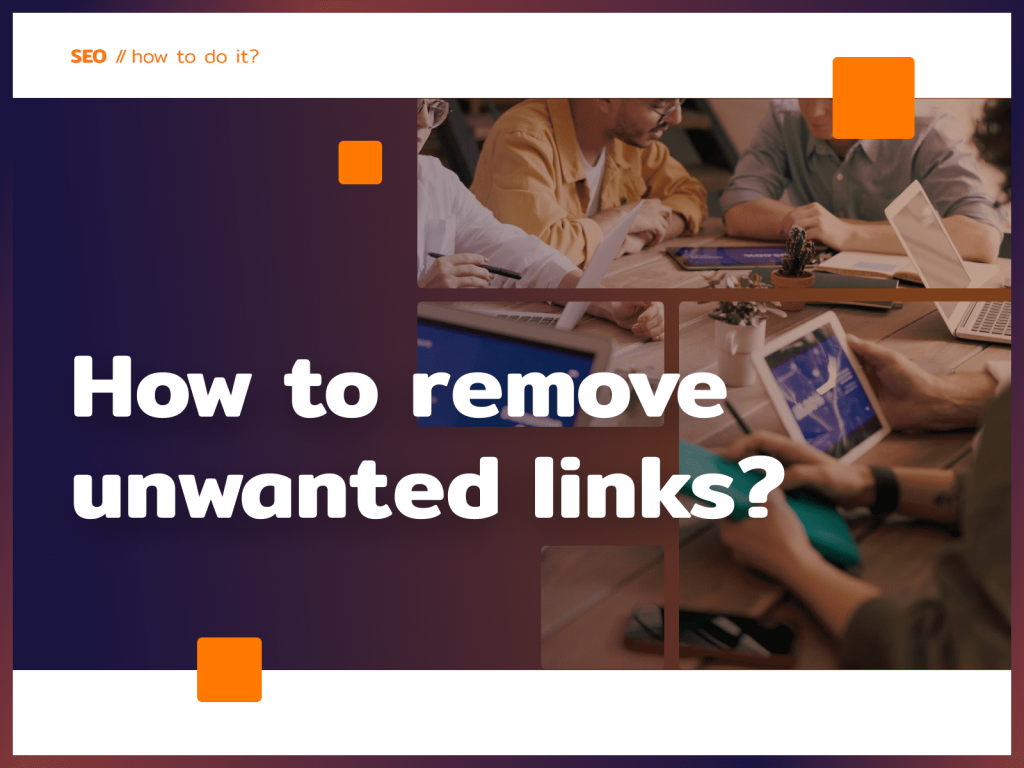Control of the link profile is necessary to achieve high rankings in Google. I’ve already written about valuable ways to link building . Unfortunately, the problem with many domains is unwanted links. What are they and how to remove unwanted links? You’ll find out everything in this blog post.
Unwanted links – what are they?
Most often, these are simply poor-quality links that have been placed on low-value, spammy websites. They are a remnant of SEO methods used in the past, which involved adding links to – now perceived as spammy – web directories. Unwanted links are also known as spammy and toxic links, as they can hinder a site’s placement, cause it to drop in Google’s results, and even result in a Google penalty and exclusion from search results.
Bądź na bieżąco z nowościami SEO!
Zapisz się do newslettera
Sources of unwanted links
Many sites face the problem of unwanted links, usually resulting from the following situations:
- long history of the newly purchased domain – often domains, long established on the web, have a history, including one that can cause trouble. It is worthwhile to analyze backlinks – links leading to a particular domain. Such an analysis allows you to assess the quality of links and their impact on the possibility of successful positioning of a site placed on a given domain.
- Poor positioning methods – including, for example, participation in a link exchange system
- Deposition – unfair action by competitors
Gotowy na rozwój?
How to remove unwanted links?
The good news is that unwanted links can be gotten rid of. Of course, reporting to all the sites and directories and asking their administrators to remove the links could take ages. Fortunately, Google provides a faster method that is a savior even for the most spammed domains. The solution is to use the tool Disavow Tool , which was created to make it possible to relinquish links leading to a domain. A detailed instructionshow to do this is provided by Google. However, he emphasizes the information that link relinquishment is an advanced activity that requires extreme caution.
You should manually disclaim links only when necessary, Google indicates two reasons: when low-quality links are plentiful and when the site owner fears a penalty from Google.
In order to remove links, it is worth verifying them in several tools – first of all in Google Search Console , and additionally, for example, in Ahrefs or Majestic SEO.
The next steps are:
- Preparing a text file. Each line of the document should contain one URL or domain that you want to disclaim. The file size should not exceed 2 MB.
- Upload the finished file using the Disavow Tool.
- If everything is fine with the file, wait for the link indexing changes to be implemented – which can take up to a few weeks. If there are any errors or omissions in the file, the tool will show them and you will have to eliminate them and then resubmit the corrected list.
Summary
As you can see, getting rid of poor-quality links, negatively affecting a site’s positions in Google search results, is possible. Unfortunately, it requires, above all, time. However, good search engine visibility is something that is definitely worth working on.
Need help relinquishing unwanted links? Positioning not going as well as you need? Take advantage of my services – I am at your service.


















